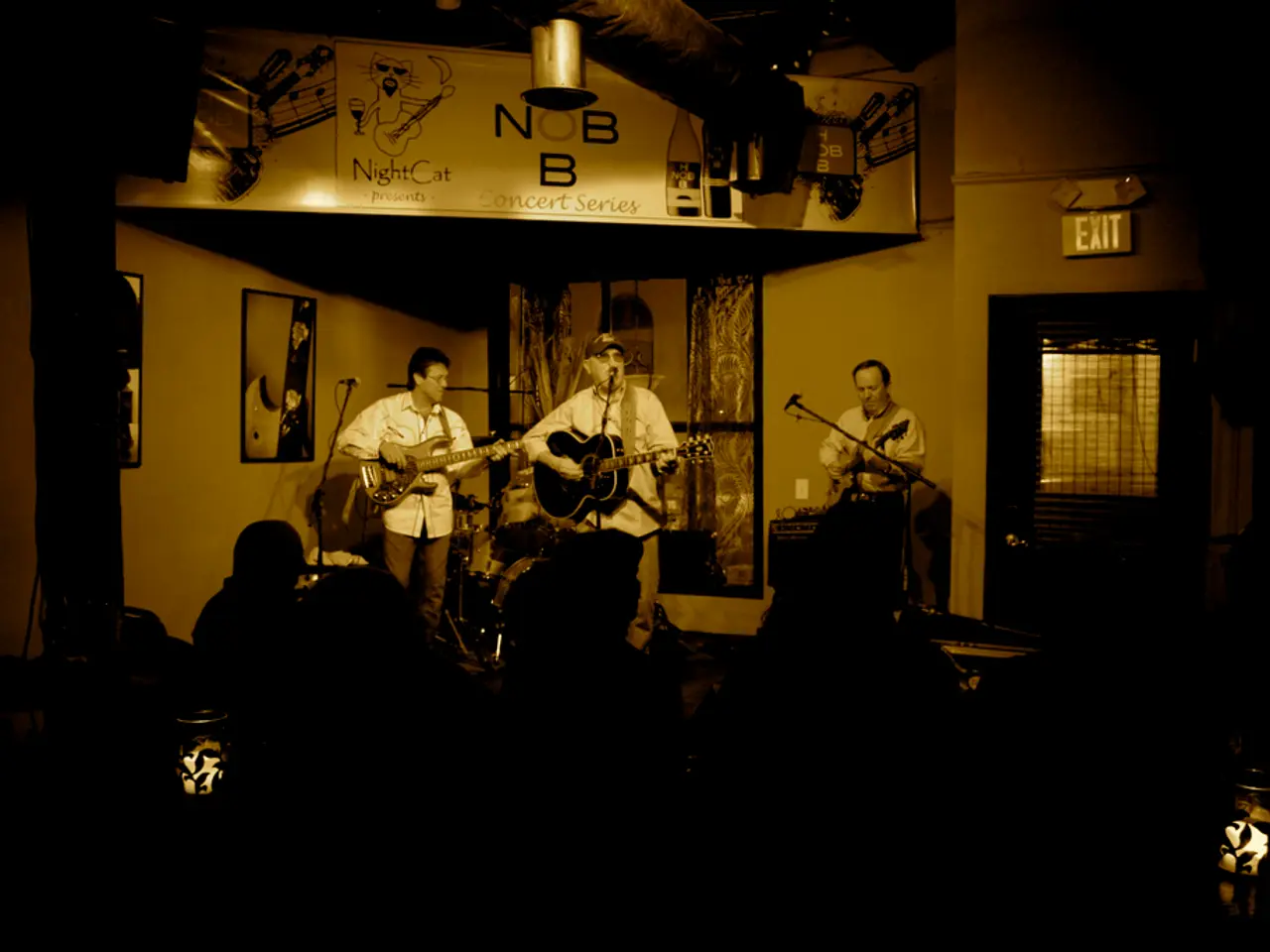Exploring Reverb: Ranging from Subtle Spatial Effects to Majestic Depths
In the realm of music production, reverb is a powerful tool that adds depth and space to audio tracks, mimicking the acoustics of various environments. This article will delve into the intricacies of reverb parameters, providing tips and tricks for creatively shaping your mix.
Room reverbs, with their short decay times, are ideal for smaller acoustic spaces, offering an intimate ambiance perfect for intimate settings. On the other hand, reverb creates a sense of vastness and rich sonic decay, simulating the expansive environment of a large space, such as a hall.
Incorporating EQ with reverb allows for greater control over the frequency response of the reverb tail. By manipulating parameters like decay time, pre-delay, diffusion, density, size, and damping, producers can sculpt the space and clarity of their mix.
Decay time sets the length of the reverb tail, with longer decay times creating ambient pads or spaciousness, but shorter decay times preventing mix clutter. Pre-delay controls the time between the original sound and the onset of reverb, separating the dry sound from the reverberated sound, thereby improving clarity.
Diffusion controls how reverb reflections spread out, with higher diffusion making the reverb tail smoother and denser, and lower diffusion creating distinct echoes. Density refers to the number of reflections in the reverb tail, with high density producing a thicker reverb that blends well, and lower density allowing discrete echoes.
Size selects or simulates the size of the virtual room or space, ranging from small boxes to large halls or canyons. Larger sizes increase decay and perceived space, while smaller sizes add intimacy. Damping controls the frequency-dependent decay, allowing producers to reduce muddy buildup from bass frequencies or harshness or shrill ringing in the tail.
Advanced techniques include using early reflections adjustments to enhance the perception of distance without increasing the full tail’s washiness, providing a natural spatial feel immediately after the dry sound. Employing automation for reverb parameters to match evolving dynamics and arrangement changes over time enhances the mix’s movement and interest.
Utilizing freeze and kill features (available in some advanced reverbs) to creatively hold or abruptly cut reverb tails as artistic effects or transitions in songs can add a unique touch to your productions. Carefully balancing the reverb volume by lowering it 3-4 dB after dialing in the settings ensures clarity and avoids over-saturation in the mix.
Common reverb effects used in music production include hall reverb, room reverb, and plate reverb. Increasing the wet/dry mix adds more reverb to the sound without losing focus on the original signal. Echo involves distinct, repeated sound reflections with noticeable delay between them. Delay can be combined with reverb to add rhythmic interest and complexity.
Reverb is essential in sound design and music production, offering rich layers of creativity and emotional depth. Using reference tracks and automation can help set reverb levels accurately. Stereo imaging enhances the stereo field, making the mix sound wider.
Hall reverbs might bring a sense of grandeur and expansiveness to a track, while room reverbs create a more intimate and personal atmosphere. Reverb can evoke powerful emotions, making it a powerful tool for shaping the listener's experience. A longer setting for decay time contributes to lingering echoes found in large halls, enhancing depth and resonance.
In conclusion, mastering reverb parameters involves treating each aspect of the reverb as a creative tool, applying frequency-dependent damping to maintain mix clarity, using pre-delay to create spatial separation, tailoring room size and diffusion to the desired ambiance, and automating these controls dynamically for musical impact. By employing these techniques, producers can produce harmonious and unified sounds that enhance their music, adding depth and space without compromising clarity.
- Incorporating guitar recordings with reverb can simulate the acoustics of various environments, adding depth and space to the music production.
- Vocals with just the right amount of delay and reverb can provide a rhythmic interest and complexity, enhancing their presence in the mix.
- Gadgets and technology like advanced reverbs offer features such as freeze and kill functions, allowing producers to creatively use reverb tails as artistic effects in music.
- Technology in music production also includes audio tools like equalizers (EQ) that, when used in conjunction with reverb, provide greater control over the frequency response of the reverb tail, shaping the mix and giving it clarity.




